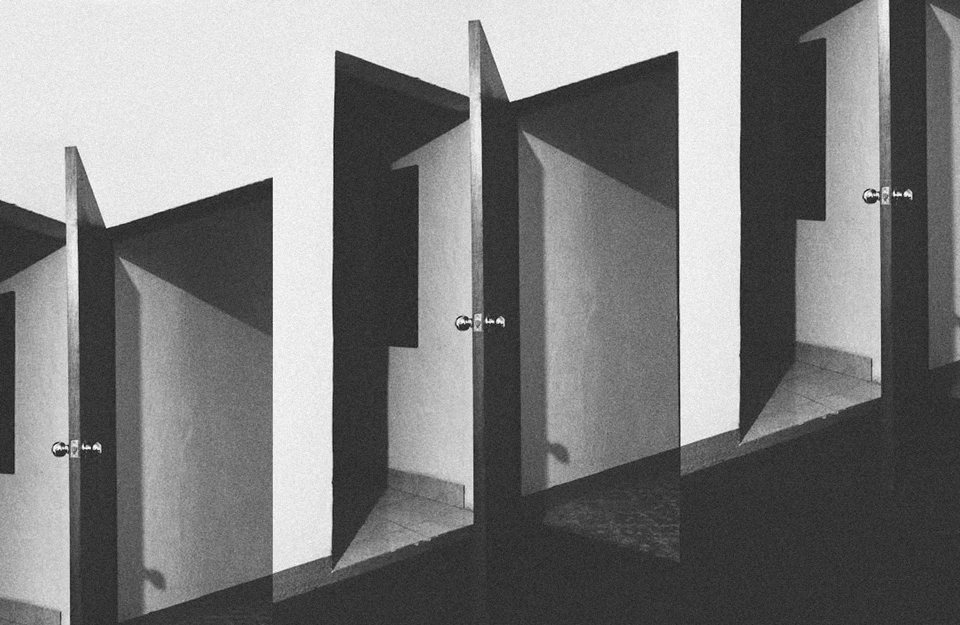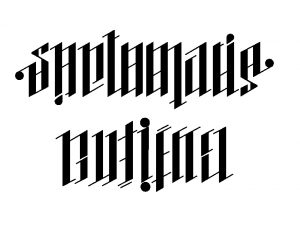
“Cuando jugaba con mi hermano en la escuela, mi número favorito era el 45, y el suyo también. Pero estábamos en el mismo equipo. Él era el mayor y tenía más antigüedad en el equipo. Eligió el 45 y yo el 23, que era la mitad (redondeando la cifra). Me quedé con el 23 y me acompañó todo el tiempo”
– Michel Jordan

Uptown & Queens, New York, NY 10022, Estados Unidos

“On the back: 23 with ‘Beckham’ over the numerals. Nobody knew, outside the club, what my squad number was going to be. I’d thought long and hard about which number to choose from the ones that weren’t already being worn by the other players. Even Real hadn’t found out until late the previous night when I’d phoned them from the hotel with my final decision. There was a sudden burst of shutters clicking on a couple of hundred cameras. I could hear voices out in the hall: ‘Veinte y tres.’ Twenty-three. Then, a moment later: ‘Michael Jordan. Michael Jordan.’ He wasn’t just a hero for me, then.”
– Sir David Beckham

23 skidoo (sometimes 23 skiddoo) is an American slang phrase generally referring to leaving quickly, being forced to leave quickly by someone else, or taking advantage of a propitious opportunity to leave. Popularized during the early 20th century, the exact origin of the phrase is uncertain.
23 skidoo has been described as «perhaps the first truly national fad expression and one of the most popular fad expressions to appear in the U.S», to the extent that «Pennants and arm-bands at shore resorts, parks, and county fairs bore either [23] or the word ‘Skiddoo’.»
«23 skidoo» combines two earlier expressions, «twenty-three» (1899) and «skidoo» (1901), both of which, independently and separately, referred to leaving, being kicked out, or the end of something. «23 skidoo» quickly became a popular catchphrase after its appearance in early 1906.

En los seres humanos, normalmente cada célula contiene 23 pares de cromosomas, para un total de 46. Veintidós de estos pares, llamados autosomas, tienen el mismo aspecto tanto en hombres como en mujeres. El par 23, o los cromosomas sexuales, son diferentes entre hombres y mujeres. Las mujeres tienen dos copias del cromosoma X, mientras que los hombres tienen un cromosoma X y uno Y.

Ambigrama 23

El vanadio es un elemento químico de número atómico 23 situado en el grupo 5 de la tabla periódica de los elementos. Su símbolo es V. Es un metal dúctil, pero duro, poco abundante. Se encuentra en distintos minerales y se emplea principalmente en algunas aleaciones. El nombre procede de la diosa de la belleza Vanadis en la mitología nórdica.

Captura de pantalla de la aplicación clima, 23° centígrados en la ciudad de Guadalajara.

Lista de direcciones IP: 23.*.*.* (23.0.*.* – 23.255.*.*)
Esta es la lista de direcciones IP donde el primer byte es 23, el segundo byte está entre 0 y 255, y los bytes tercero y cuarto se pueden cambiar (el asterisco a continuación), expresado como 23.*.*.* (23.0.0.0 – 23.255.255.255).
Esta lista de direcciones IP contiene 256 * 256 * 256 = 16,777,216 direcciones IP.

Representación del número 23 en binario.

Captura de pantalla de la aplicación calculadora con el número 23

Representación del número 23 en cardinal y romano

Número 23

One game in particular was cited for putting Sandberg (as well as the 1984 Cubs in general) «on the map», an NBC national telecast of a Cardinals–Cubs game on June 23, 1984.
Ryne Sandberg’s number 23 was retired by the Chicago Cubs in 2005.

Captura de pantalla de la aplicación BBVA, transferencia interbancaria

Number 23 is an abstract painting on paper. Comprised of layered skeins of black and white enamel paint, the composition was created by dripping and flicking the paint onto the surface of the paper from all four sides. This unusual technique creates a sense of frenzied movement within the image, and results in a composition that could be read from several orientations, although the small inscription of the artist’s name and the date (‘Jackson Pollock, 48’) along one side suggests this to be the lower edge. The juxtaposition between the thin, interlacing threads of paint and the flat negative space of the paper underscores the speed with which the artist worked; an impression that is reinforced for the viewer by the presence of a bee embedded in the paint in the upper right hand corner of the painting.
This painting was created in 1948 by the American abstract expressionist artist Jackson Pollock. He is best known for pioneering action painting, a vigorous method of dripping paint onto a surface laid out on the floor. For four years from 1947 onwards Pollock employed this drip technique to produce the rhythmic, energetic paintings for which he is renowned. Number 23 was created during this period, in which Pollock worked with commercially available materials, watering down black industrial enamel to a consistency he could apply deftly. The paint was dripped by hand or applied using a syringe, an implement Pollock handled ‘like a giant fountain pen’, as Pollock’s partner, the artist Lee Krasner, described it in 1969 (quoted in Karmel 1999, p.38). Pollock applied the paint from above, circling around the paper’s surface, which he dubbed ‘the arena’. This technique created thin, sweeping arcs of paint, with no central point of focus or hierarchy of elements, imbuing the work with a rhythmic and energetic quality.
Number 23 is one of eleven works on paper of a similar size that Pollock executed in 1948. It was shown alongside twenty-five other Pollock paintings at the Betty Parsons Gallery, New York, between January and February 1949. Each work in this exhibition had a numbered title. Krasner explained in 1950 that these nonrepresentational works were given numerical titles to avoid steering the viewer towards a particular subject: ‘Numbers are neutral. They make people look at a painting for what it is – pure painting.’ (Quoted in Karmel 1999, p.19.)

In his 2003 season, Marshawn Lynch amassed 1,722 rushing yards and 23 touchdowns in only eight regular season games and an additional 375 rushing yards and 10 touchdowns in two postseason games.

23 23

Captura de pantalla de la aplicación teléfono.

Ficha de dominó 2 3

23 Ciudad de México

El número 23 es el 4° número primo feliz.


